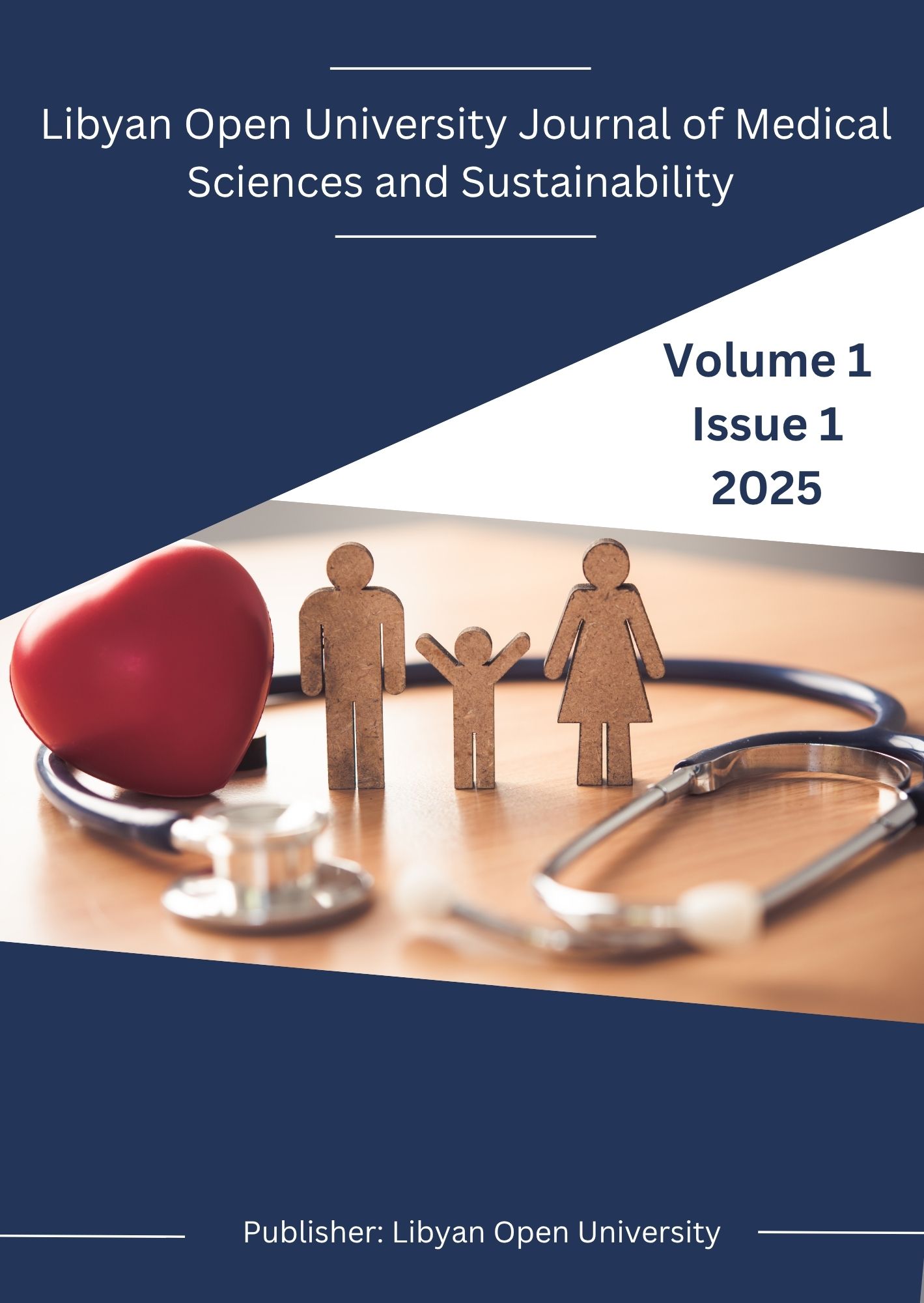Effectiveness of Standardized Nursing Protocols in Reducing Hospital-Acquired Infections in Intensive Care Units
DOI:
https://doi.org/10.65422/loujmss.v1i1.39Keywords:
hospital-acquired infections, intensive care unit, nursing protocol, infection prevention,, care bundleAbstract
Hospital-acquired infections (HAIs) pose a serious threat to patient safety, especially in intensive care units (ICUs). HAIs such as catheter-associated urinary tract infections (CAUTI), ventilator-associated pneumonia (VAP), and central line-associated bloodstream infections (CLABSI) cause substantial morbidity and mortality. Standardized nursing protocols including daily chlorhexidine bathing, catheter removal rules, and care bundles have been proposed to prevent HAIs. This study analyzes data from a large tertiary ICU before and after implementing such protocols. Results show significant reductions in HAI rates following protocol use. For example, CLABSI rates fell by over 50%, and CAUTI rates dropped by ~60% post-intervention. Nurse compliance with protocols improved over time. These findings align with published studies: Pronovost et al. reported a 66% CLABSI reduction with a checklist-based intervention, and Tyson et al. observed CAUTI rates fall from 5.1 to 2.0 per 1000 catheter-days after a nurse-driven protocol. The study confirms that nursing protocols, when properly implemented and monitored, effectively reduce ICU infection rates.







